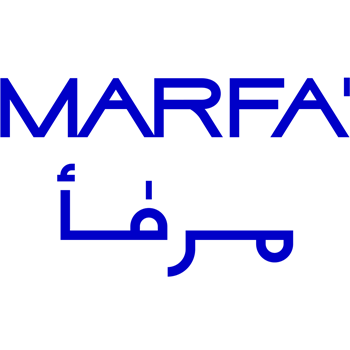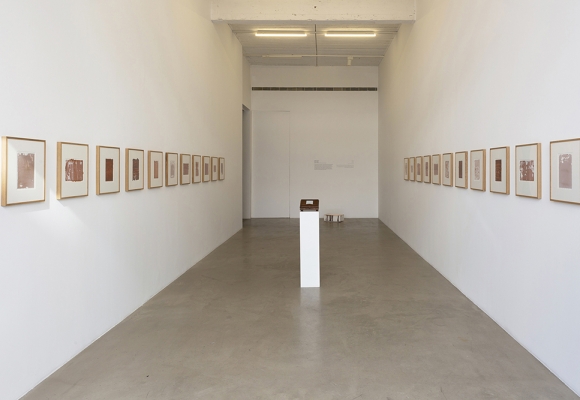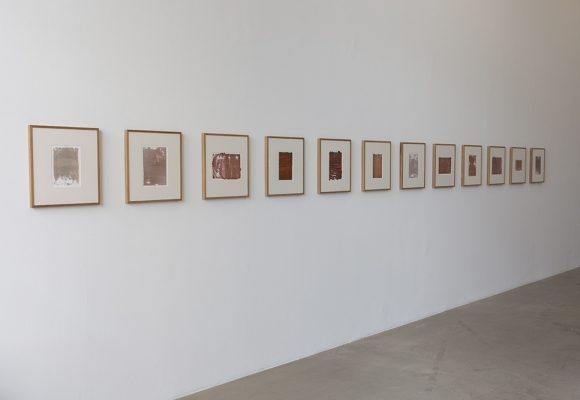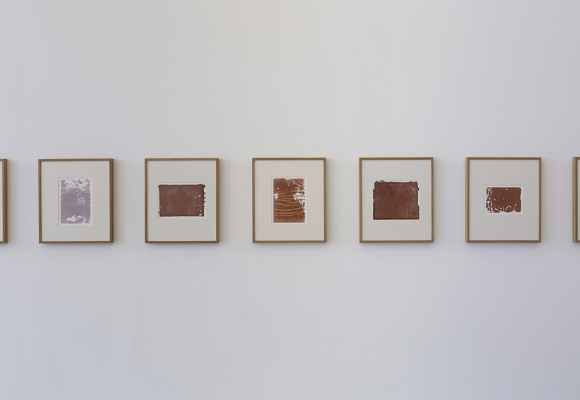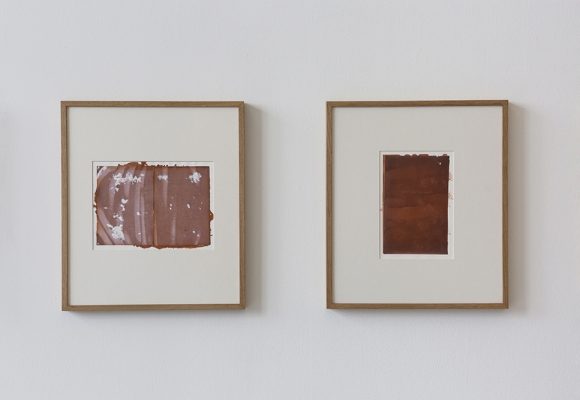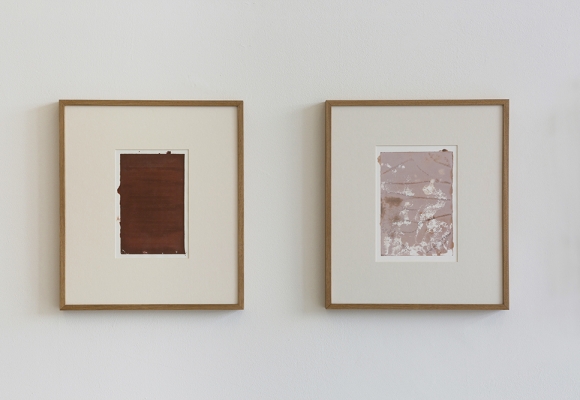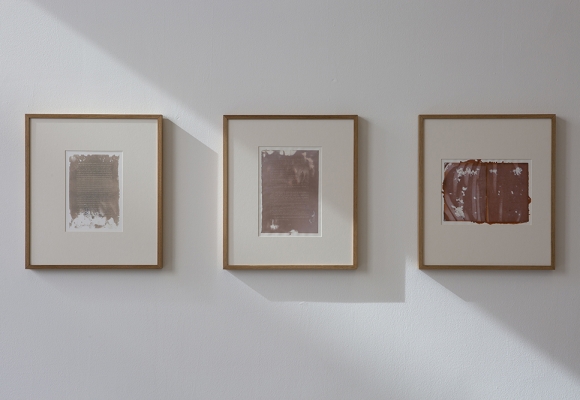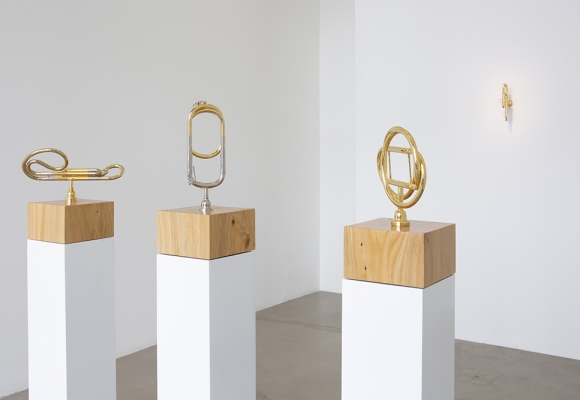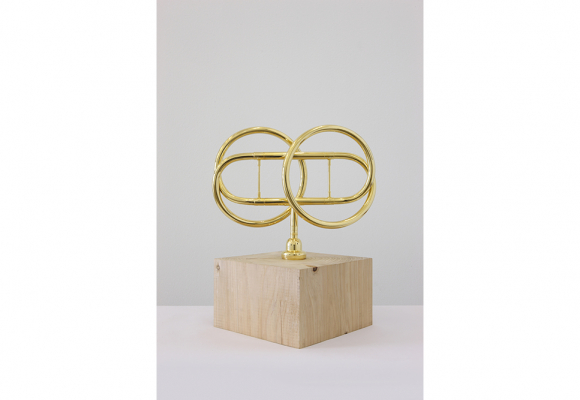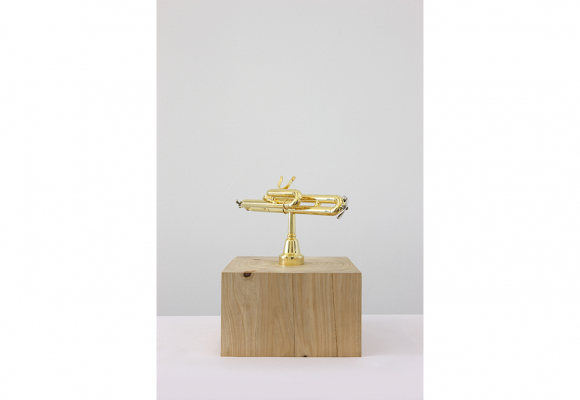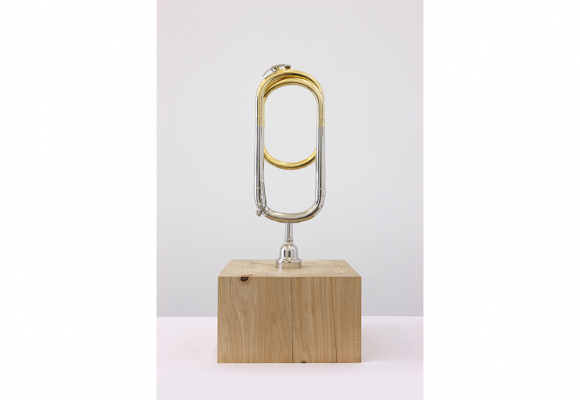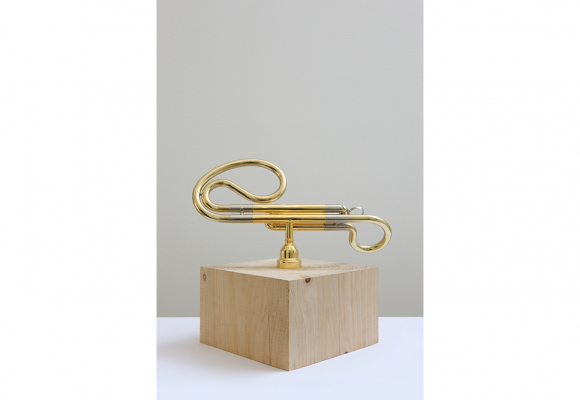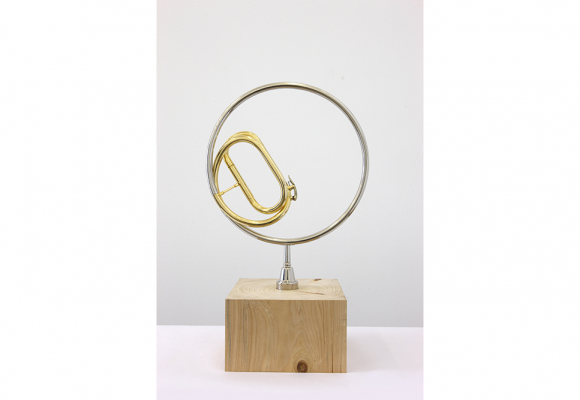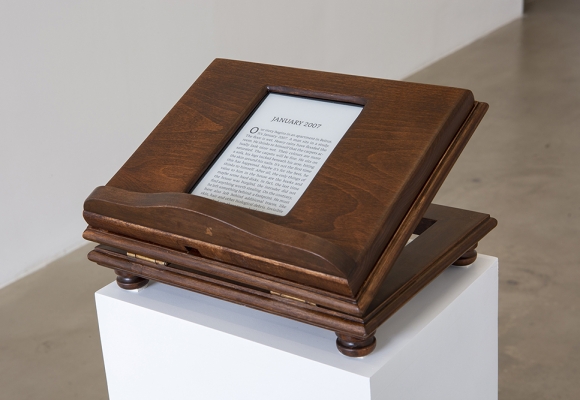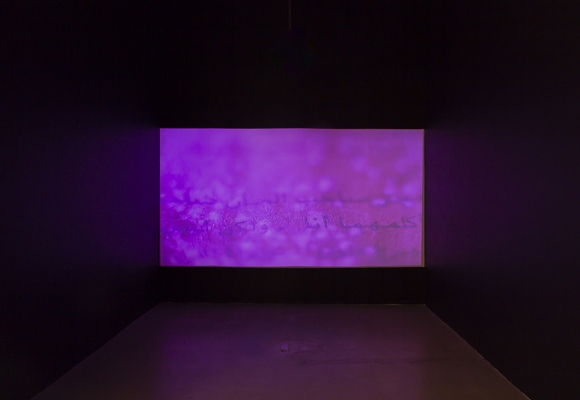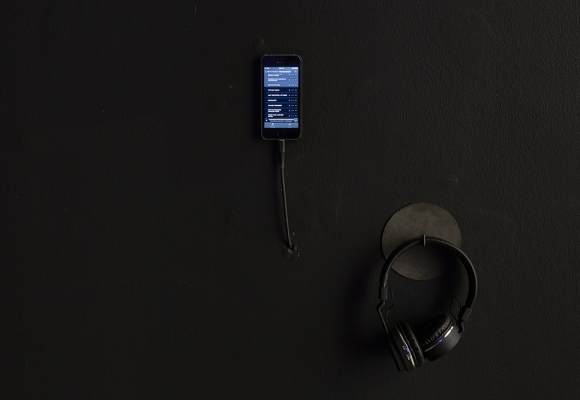Vartan Avakian
Of All that is Seen and Unseen
24 January 2019 – 13 April 2019
Sugar as a memory
Salt as an image
Skin as a witness
Hair as a timeline
Light as a reflection of all that is seen and unseen
Vartan Avakian’s work stems from a reading of data as stains and scratches: as a series of inscriptions that exists in sculptural form and is fossilized over time. Consequently, memory is seen as an activity of excavating and deciphering data from traces and remains. In this sense, photographs, drawings, sculptures, vinyl records, books, celluloid films, magnetic tapes and hard-disks are not fundamentally dissimilar to dreams, aspirations, recollections, feelings and other biological inscriptions on DNA polymers. They are similar in that they are scratches and stains that leave both perceptible and imperceptible traces, waiting to be uncovered, deciphered and perceived.
In All That is Seen and Unseen, Avakian examines printed books as sculptural objects of multiple layers of inscription. Books are symbols of history and are imbued with the weight of culture and authority. They are also a repository of sedimentations and traces, including oils and salts left by human touch. Avakian devises a series of protocols, procedures and rituals to extract and bring to light latent layers of incidental inscriptions and markings that are reminiscent of palimpsests. Some of these layers appear like icons as light interacts with the oils and salts. Other layers are separated from the book object to be transferred and transcoded into new sculptural fossils.
In Composition with a Recurring Sound, the sound of a river flows through a sculptural piece of repeated forms. The sculpture captures and makes palpable, the movement of materials in the river, which includes water, biological life, industrial waste and other pollutants formed in its environmental surroundings. This flow creates a discreet almost inaudible resonance, that can be tactually felt on the sculpture. The sound waves of flowing water resonate through copper and reverberate in a closed circuit of repetitive forms indefinitely. These waves persist until they decay and are imperceptible. By trapping and capturing this material presence, these sculptures become sound fossils, that are not only a representation of this presence, but a new inscription created by it.
“Avakian is a cryptographer with an exceptional position. Instead of following the usual routes of coding and decoding, opening files and unpacking cases, he applies a reverse methodology, where he re-encrypts the codes in the composition of dust, through the own logs of dust. Thus, he dives into the archaeo-physics of the material, each with its own distinct geological terrain and unique ecology. Not only does he recollect the landscapes of its epoch, but he also uncovers the ancient and the futuristic, developing a crypto-hypothesis between time and matter. Avakian opens up new spaces of synthesis, contamination, complicity, and vagueness, while actively creating discontinuity against a backdrop of continuity, and pointing at the sites of discontinuity and rupture.”(1)
(1)Bedir, Merve. “Incognitum Pulvis.” All That Is Seen and Unseen, Verlag Kettler, 2019.
